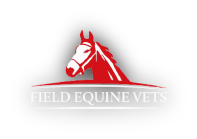Training on the water treadmill is proven to enhance the endurance, muscle mass, and core stability of the horse.
So why use a equine water treadmill services
In comparison to some rehabilitation or fitness methods the water treadmill encourages the horses to work in more of a round outline and lift through their core to encourage muscle strength through the topline and hind quarters.
The water aspect targets working on different muscle groups dependent upon the water level used, the higher level of water used the harder the body has to work to maintain the pace. The stride length is controlled through adjusting the belt speed such as slowing it down once the water level is raised. Water depth will increase resistance and influence gait biomechanics, by increasing water height this ensures the horse adopts the increased flight arc which results in a decreased stride frequency and increased stride length. Overall this allows the horses muscles to develop correctly and grow strength and balance whilst also increasing fitness. Water treadmill is a great tool in cross training of horses as it allows the body to work correctly due to the buoyancy of the water and without the added weight of the saddle and rider allowing for the back muscle to develop and for less strain to be taken through the limbs.
Book a session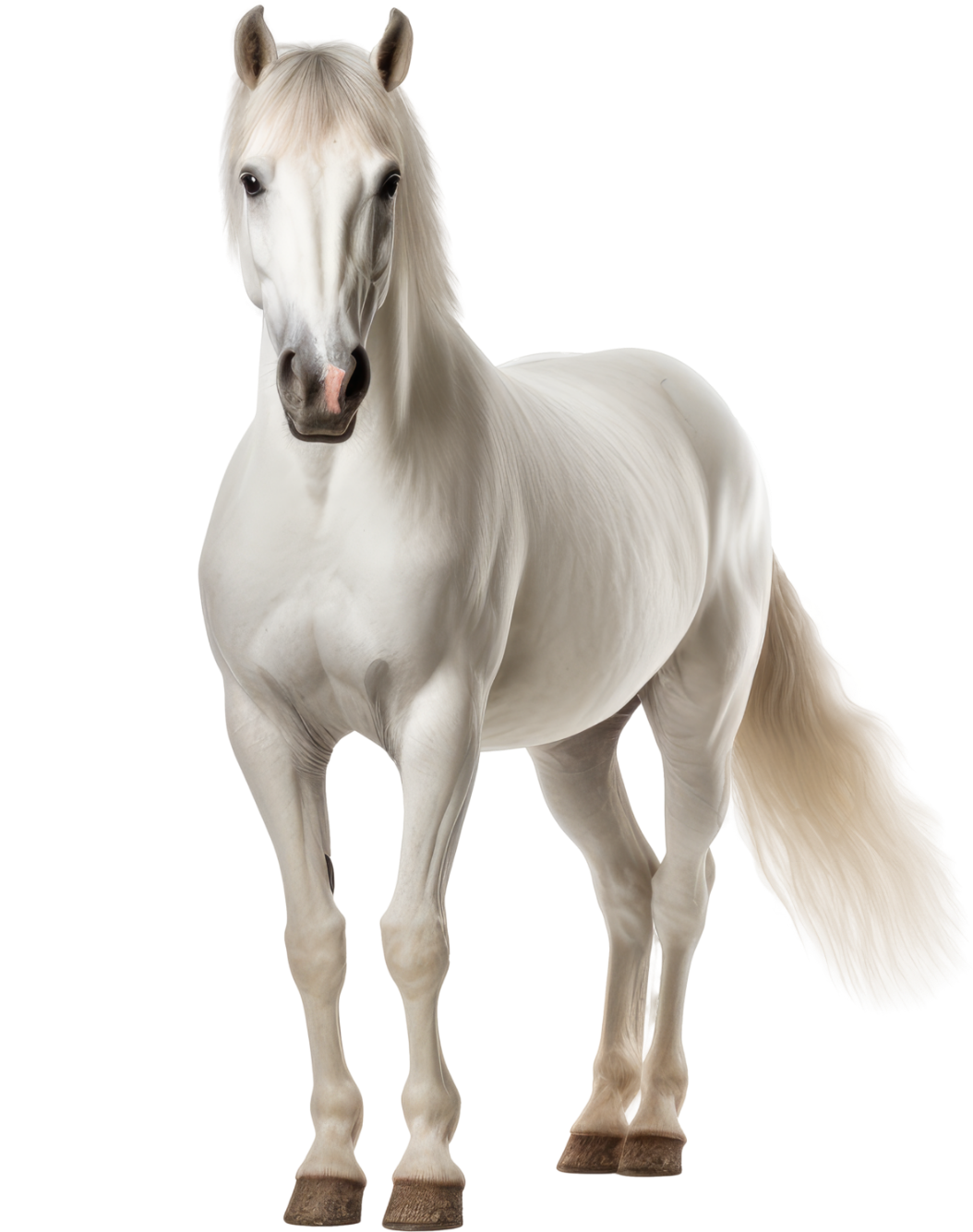
Not just rehabilitation, but great for all round health
It is a misconstrued conception that water treadmill is aimed at just recovery/ rehabilitation or for building fitness in competition horses, but this is not the case all types of equines can benefit in different ways from water treadmilling. A structured work out plan can aid in:
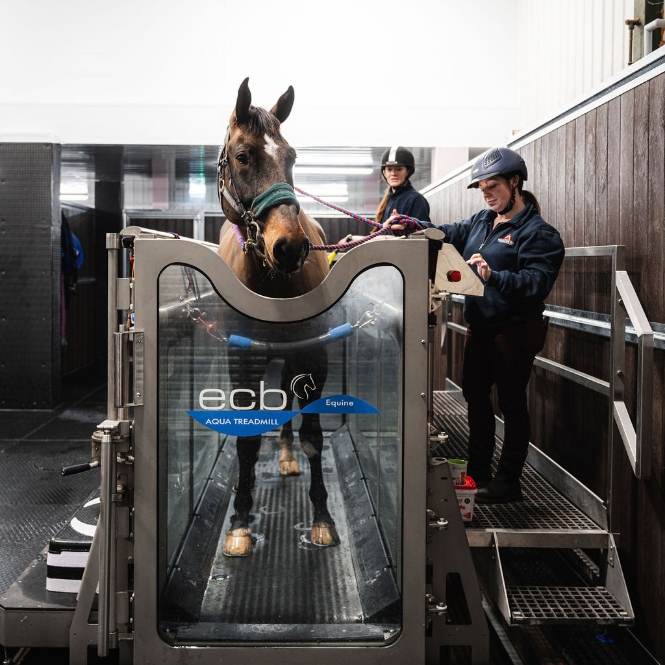
What makes the ECB unique
The ECB water treadmill has the added option off an incline of up to 12% with being able to incline at 1% increments at a time allowing for the horse to gradually be increased dependant on their fitness and strength. Water treadmill with an incline over a period of time has been tested to show increased thoracic epaxial muscle development. The three clear glass panels along each side and full glass doors either end give a full view of the horse and is ideal for assessing gait and stride analysis.
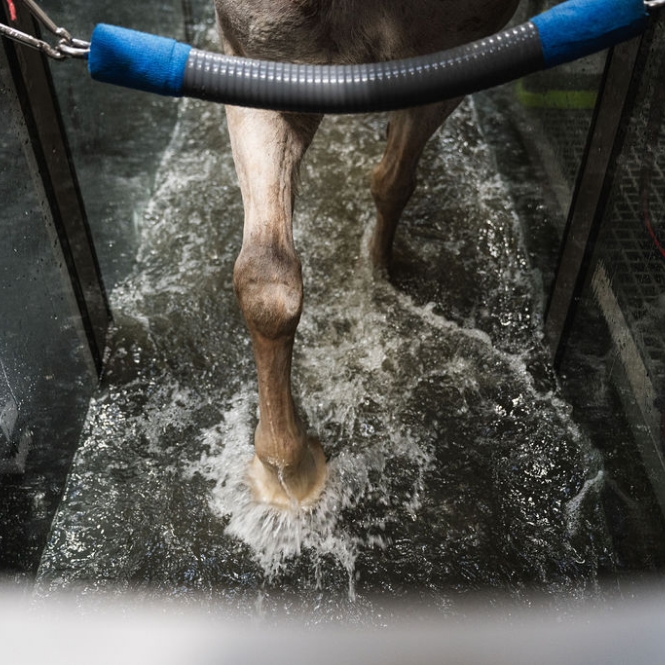
Flexicurve
We aim to tailor make the treadmill protocol based around the needs of your individual horse and what your achievement goal is for their recovery /fitness journey or for abased on increasing general overall health of your horse.
With each horse we will look closely at the development of the thoracic musculature throughout their journey, this is going to be done by using a flexicurve ruler which is frequently used by saddle fitters and other para- professionals for assessing the shape of the back. We will measure your horse on your first visit focusing on the longissimus dorsi muscles, taking the shape of the thoracolumbar across the withers and along the spine, this will be recorded on a template and updated as your horses progresses on their journey
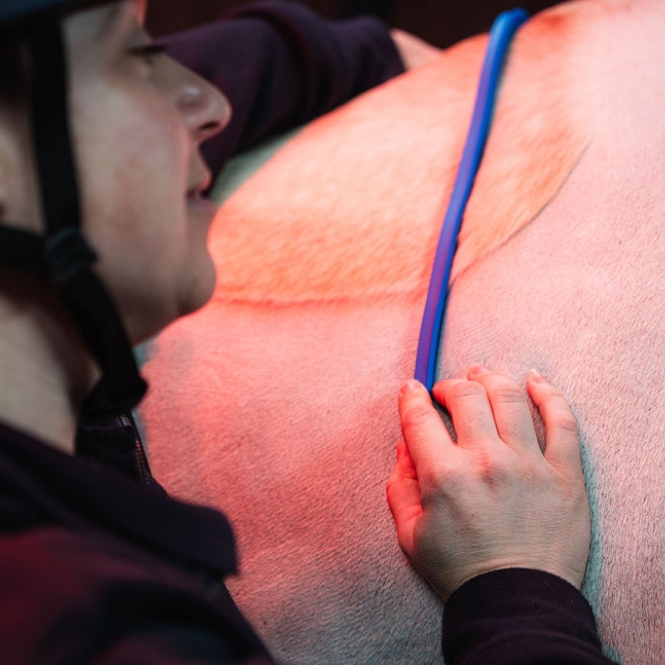
Equiband system
The Equiband Pro system is designed specifically for use on the horse, the system has two uniquely made latex free bands that can be used either singularly or in conjunction with one another.
The bands are designed to target core musculature as this is the area that aids to stabilizes the horse’s back. Core strength is shown to aid in the prevention of the development of back pain and injuries. The Equiband Pro system is designed to specifically stimulate receptors in the horse’s skin and hair follicles. This response activates the abdominal, oblique, sublumbar and deep neck and back muscles. These muscles stabilize the spine which then engage the hindquarters during movement.
The Equiband Pro system is shown with regular use to strengthen the core musculature which allows the horse to easily work with an optimal posture. This in turn will aid in reducing hollowing or instability throughout the neck and back joints and decrease the risk of pain and injury.
Abdominal Band
This is a shorter band which attaches either side of the abdomen and is designed to sit behind where the riders leg would sit to stimulate the abdominal and oblique musculature during locomotion. Providing support throughout the thoracic region through lifting the abdominal musculature. This positioning is especially indicated for use in horses that have
- Recovered from a colic surgery,
- Have poor posture especially of the inverted nature,
- To aid in cases of overriding dorsal spinous processes (kissing spines).
Hindquarter Band
The longer second Equiband attaches at an oblique angle from the left side of the saddle pad to the right, passing under the tail, behind the horse’s hindquarters. It will settle in the point of least resistance, anywhere above the hock and just below the level of the stifle. Its function is:
- To increase hindlimb engagement of his hind limbs in locomotion
- Enhance proprioception.
This band targets horses who may have asymmetrical hind limb movement with poor engagement or insufficient development of muscle groups such as biceps femoris. It is also good for horses recovering from diagnosed musculoskeletal or neurological complaints.
The Treadmill Process
What to expect when coming for your first session on our equine water treadmill
Step 1
Upon arrival please report to the clinic reception and they will let our treadmill team know you are here. Please see the contact us page if this is your first visit to the practice.
Step 2
On your horses first visit to the treadmill we will gather a brief history including current exercise routine so we can assess the current fitness level. We will also have a conversation about what you are looking to gain from the water treadmill sessions, such as higher fitness levels, rehabilitation following injury or surgery, increasing muscle tone and growth. Following this we will weigh your horse and take measurements of the back to get a base line to record your horses progression on each session.
Step 3
All treadmill horses must wear a bridle for safety purposes with either reins that are able to be held from either side or two lead reins to allow for greater handler control. Before going into the treadmill your horse will enter through our wash bay area where they can be cleaned if necessary as any mud will cause problems to the filtration system, every horse will have their feet picked out and hosed off to remove any excess dirt or excrement. The tail will be wrapped out the way using a tail bandage which we will provide.
Step 4
If your horse has never been on a treadmill before we will open up the exit door of the treadmill and possibly walk your horse through several times to get them used to the enclosed area and feel of the treadmill belt. Once they are happy being within the area we will close the front door and bring them through and close them in from behind. We can give a small amount of sedation if required to help with relaxation if still not reached naturally after a period of time. Once we are happy they are settled we will start the treadmill belt and gradually start the water. We always start at pastern level to allow them to get used to the feeling, this will be for 5 minutes before increasing the depth if suitable to a fetlock or cannon level.
Step 5
The first session is always a shorter time on the actual treadmill due to the strain on the muscles and care is taken to not fatigue the horse. The sessions will gradually increase over the next few visits until the horse is working happily at a water level suitable for their condition and fitness levels and the aim would be too reach a 20-25 minutes time frame per session. The incline feature will be introduced at different stages dependent upon your horses individual journey.
Step 6
The first session is always a shorter time on the actual treadmill due to the strain on the muscles and care is taken to not fatigue the horse. The sessions will gradually increase over the next few visits until the horse is working happily at a water level suitable for their condition and fitness levels and the aim would be too reach a 20-25 minutes time frame per session. The incline feature will be introduced at different stages dependent upon your horses individual journey.
Step 7
Throughout the session your horse will wear our heartrate monitor to closely assess their progress and may also dictate the length of the sessions. This will also be recorded on the progress card to show progression in fitness levels. After each session we will fill out the progress card to show what speed, water depth and time was used within that session this will be a paper copy and a digital record too. If sedation is required then this will also be recorded here.
Step 8
At the end of the session your horse will exit the water treadmill and back into the wash bay area where we will give your horse a much deserved treat and a towel dry of their legs whilst being under our solarium.
As suggested by recent research when starting your horses treadmill journey, ideally 3 sessions within the first week are to be carried out on consecutive days, this is to allow for the muscles to adapt followed by a session 2-3 times weekly if possible.
Step 9
Within our facility we have 2 stables available, so if you have multiple horses with you they can relax here whilst waiting for or after completing their session. We can provide dry or soaked hay, any horses who require haylage would need this to be brought along with them.
All horses must be in a healthy condition prior to accessing the water treadmill, unfortunately we will not be able to carry out your horses session if they have any skin complaints such as mud fever, or any open wounds on their limbs due to contamination and causing further infection or discomfort to your horse. If your horse has any of these please contact us and we rearrange your appointment at no further cost.
